Ha Nam Newspaper had an interview with Associate Professor, Dr. Dao The Anh, Deputy Director of the Vietnam Academy of Agricultural Sciences to have a multi-dimensional perspective on the above issues.
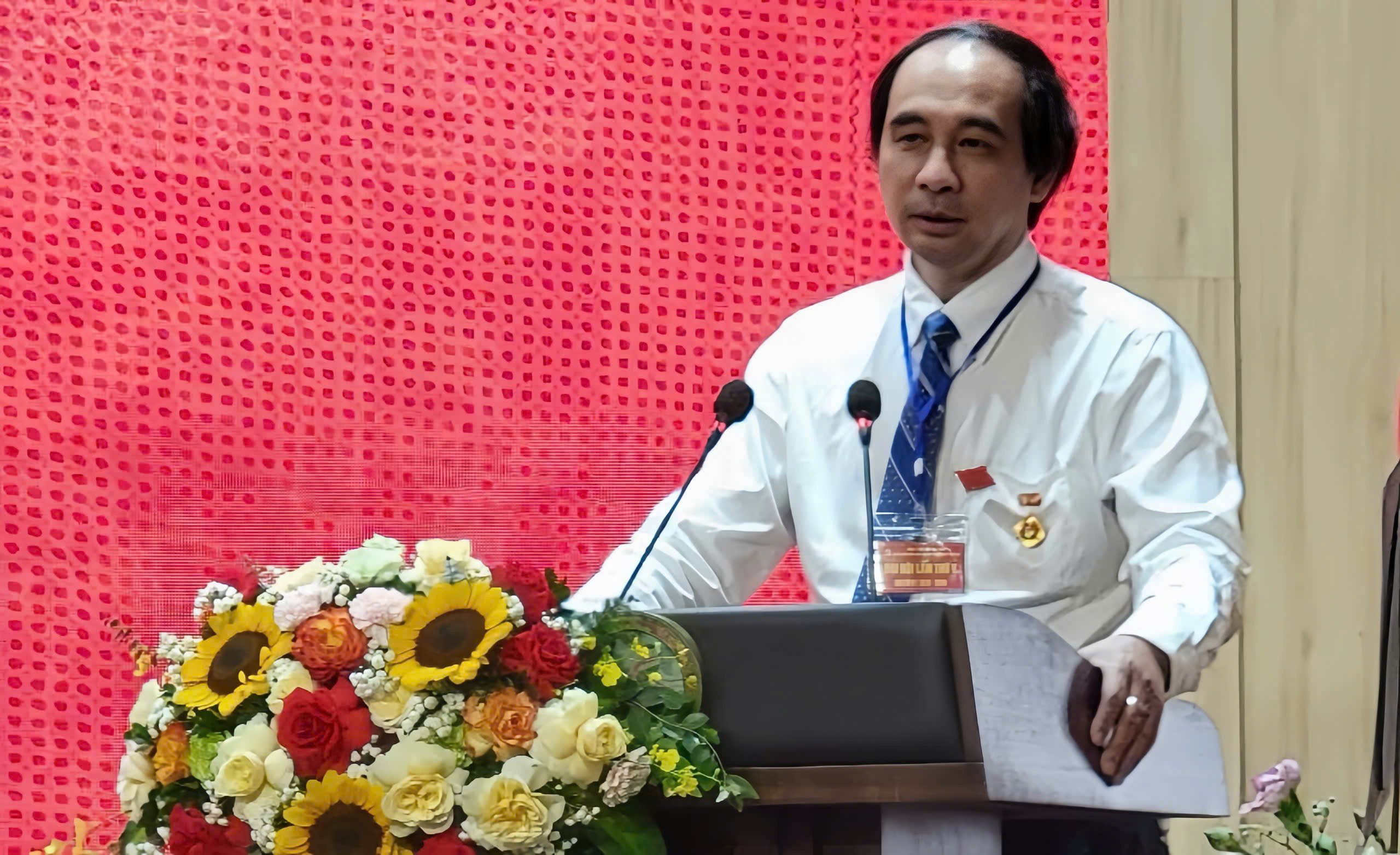
PV: The agricultural sector aims to have at least 30% of agricultural products using high technology by 2030. However, investment requires large amounts of capital, while many farmers and cooperatives are still facing difficulties. How do you assess this target?
Assoc. Prof. Dr. Dao The Anh: Setting the target of developing 30% of agricultural area applying high technology is an ambitious orientation, demonstrating the determination of all levels and sectors in bringing science and technology into agricultural production. However, in reality, the concept of "high technology" is still quite broad, while the majority of farming households and cooperatives have not yet had full access to specialized consulting services on high-tech agriculture (HTA). This leads to a lack of information, lack of choice and reduced implementation efficiency in practice. This is an issue that needs to be strongly promoted in the coming time.
For farmers, technology is just a means, not the ultimate goal. The goal of farmers is to create quality products that meet market demand while ensuring economic efficiency. Therefore, for farmers, investing in technology is necessary, but it is necessary to choose the right technology, technology must go hand in hand with efficiency, reasonable production costs, product quality accepted by the market and stable consumption. Small farmers do not necessarily have to invest in high technology at all costs.
To do that, careful research on the domestic and international markets is a mandatory step. Normally, high technology means capital investment on a large area unit. But that does not mean that large investment on a large area is effective. Reality has proven that even on small areas, if farmers know how to apply appropriate technology and invest in a concentrated manner, they can still create high-value products such as vegetables, melons, grapes or strawberries, etc.
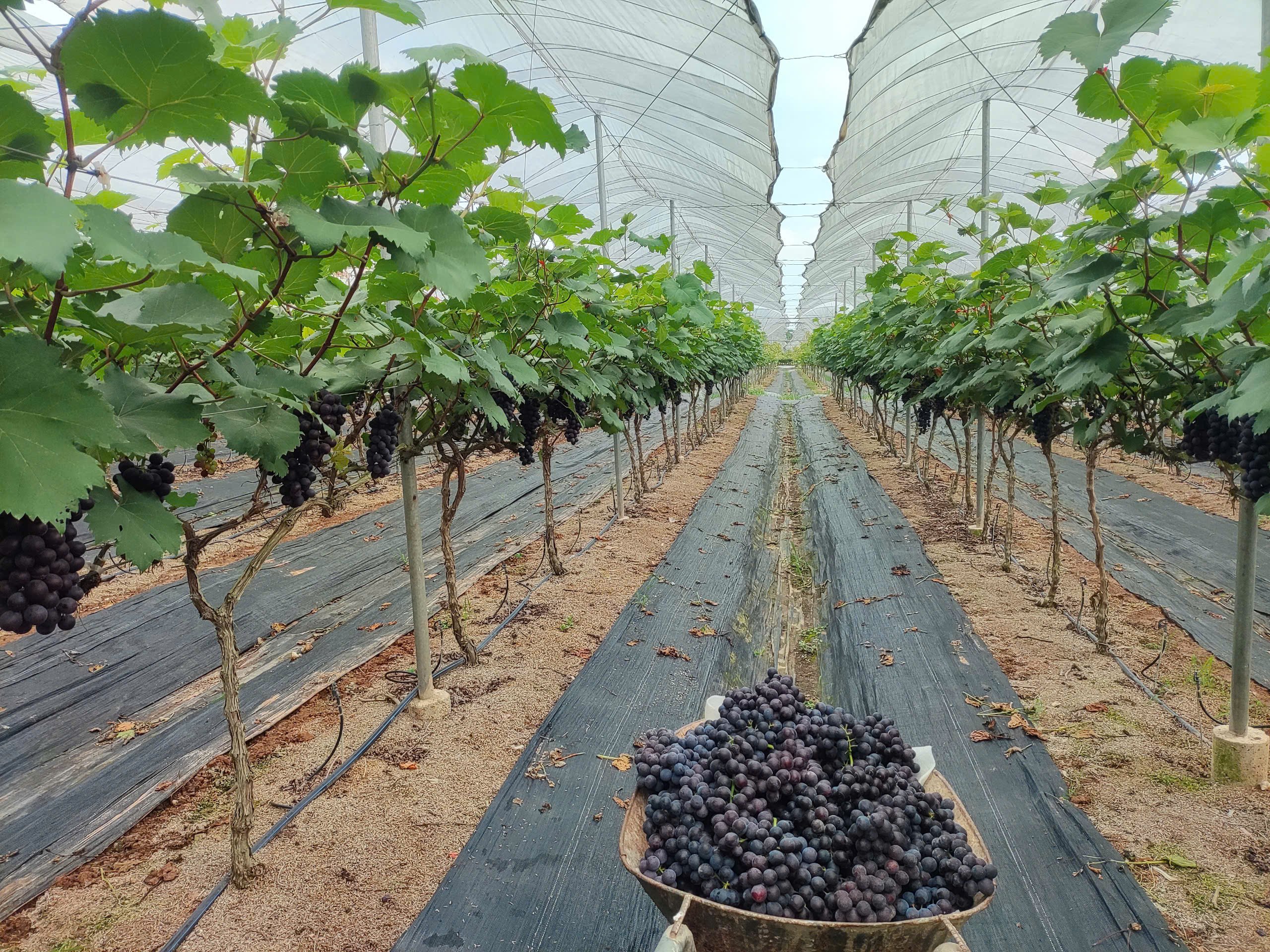
Choosing plant and animal varieties suitable for high-tech production, providing economic value and having a stable market is an important factor to ensure the ability to recover capital and make a profit from technology investment. Currently, in ecological agricultural production, the application of microbial technology to produce organic fertilizers and plant protection is also considered high technology but has low cost and produces high-quality, safe, ecological and organic products that are accepted by consumers. This is an example of applying ecological production technology, with low cost, which can be suitable for the majority of small farmers.
In short, although the development of high-tech agriculture is increasingly receiving attention, in reality, most people do not have full access to agricultural extension activities and do not have enough information to choose and apply the right technology suitable for production conditions.
PV: OCOP agricultural products will find it difficult to escape the situation of “each place has its own style” if there is a lack of high technology to standardize raw material areas, production processes and traceability. Assoc. Prof. Dr. Dao The Anh, what is the most important technological link that needs to be invested in for OCOP agricultural products to truly reach new heights?
Associate Professor, Dr. Dao The Anh: OCOP products are mostly specialties with specific characteristics of each locality. That is the competitive advantage between regions and also the foundation for creating added value for the product. However, the biggest bottleneck at present is the processing technology.
Currently, most OCOP products in Vietnam are still fresh and raw. This is a group of products with a short shelf life, difficult to display for a long time on the market, especially in the context of increasing consumer demand for convenience and food safety. Meanwhile, in many countries, OCOP products tend to be more inclined towards the group of craft villages and handicrafts that have the ability to be stored for a long time, are easy to preserve and transport long distances.
It should be emphasized that not all OCOP products must rely entirely on high technology. Traditional production methods, if properly promoted, can still create unique products with strong regional identity. However, with processed products, improving some steps in the process instead of changing the whole process is a feasible direction to both preserve the traditional "soul" and meet the increasingly strict requirements of the market.
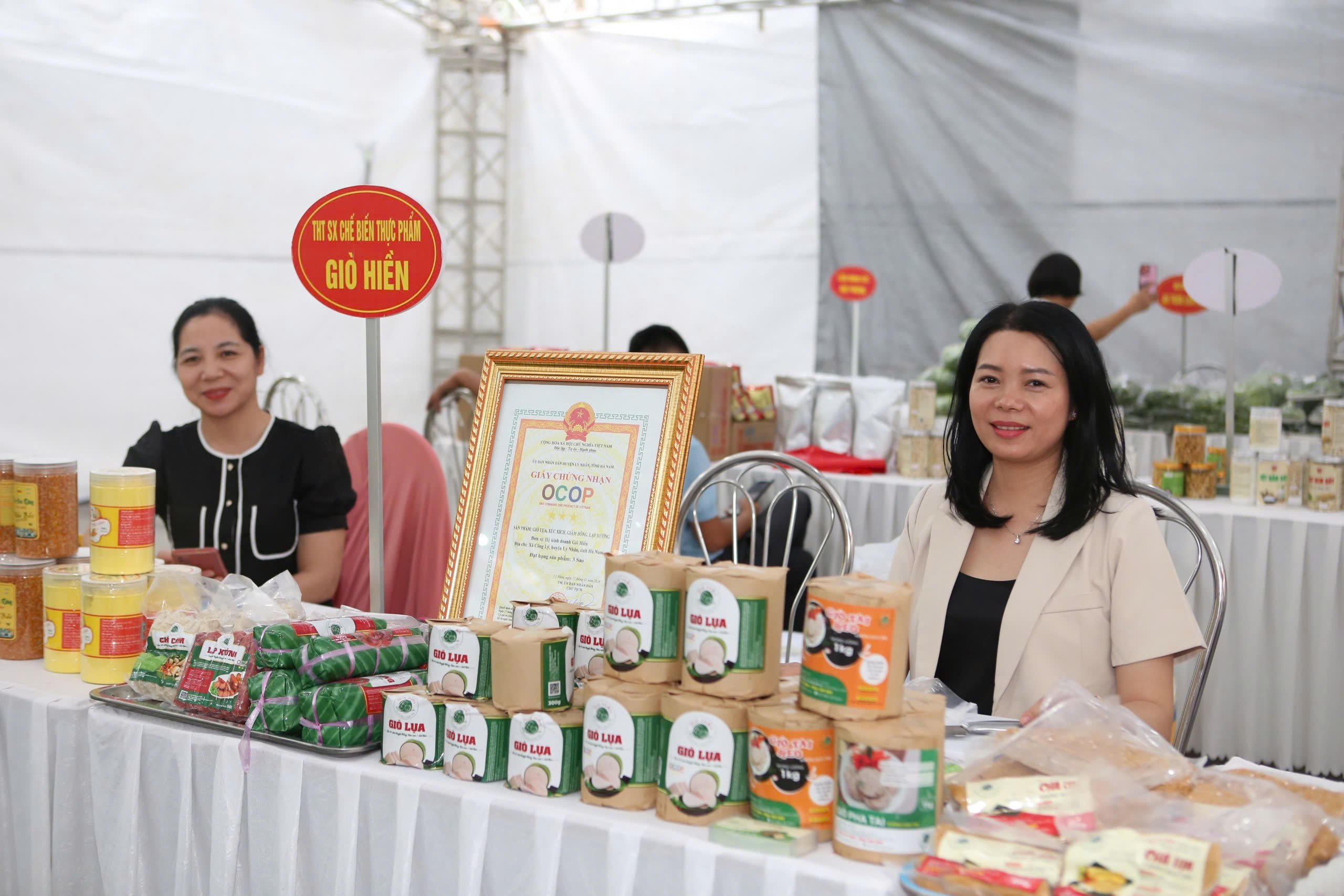
It is important to choose the right technology based on market demand, instead of imposing high technology uniformly. In particular, for deeply processed products, especially those that require extraction and preservation; investing in modern technology is essential to ensure food safety, improve quality and expand competitiveness.
Reporter: Many Vietnamese agricultural products are lost after harvest due to limitations in preservation technology. How can the application of high technology solve this problem to extend preservation time and maintain product quality, sir?
Assoc. Prof. Dr. Dao The Anh: Preservation is one of the weak links in the current value chain of Vietnamese agricultural products. In fact, most agricultural products sold on the market are still fresh and raw, such as vegetables, tubers, and fruits. With the characteristics of easy spoilage, maintaining product quality throughout the harvesting, transportation, and distribution process depends largely on preservation technology, especially refrigeration technology.
Among them, cold storage technology is the first factor that needs to be invested. However, for small producers and small and medium-sized enterprises, access to modern cold storage systems is still limited. In response to this reality, many small-scale cold storage models have gradually emerged, suitable for household-scale vegetable production. We have also coordinated with Australia and supported people in Moc Chau to build cold storage to preserve vegetables immediately after harvest, before distributing them to the market.
In parallel, cold transport technology also plays an equally important role, especially for long-distance transport. For export, many businesses have applied refrigerated ships. However, in the domestic market, refrigerated trucks are needed. Establishing logistics centers specializing in providing cold storage services is a necessary direction, helping to reduce costs and improve storage efficiency for farmers.
In particular, cooperatives can completely become the units organizing and operating centralized cold storage systems for member households. This method helps save investment costs, while improving preservation efficiency and reducing agricultural product loss.
Proper investment in preservation technology, especially cold storage, will help minimize post-harvest losses, not only in terms of quantity but also in terms of quality of agricultural products. In the current hot weather conditions, if fruits and vegetables are not well preserved, they will easily lose their freshness and nutritional value when they reach consumers. Therefore, preservation technology plays a particularly important role.
PV: Although e-commerce opens up great consumption opportunities for high-tech agricultural products, many cooperatives have not yet exploited them effectively. According to Associate Professor, Doctor, what is the biggest barrier at present?
Associate Professor, Dr. Dao The Anh: E-commerce is currently just a form of transaction, a modern sales channel, suitable for the trend. We also have projects to enhance e-commerce for farmers such as making online sales videos. However, the core issue is not in introducing the product, but in organizing transportation and delivery after the order is placed.
The biggest challenge today is the organization of the delivery system, especially with fresh food products. This requires a combination of many factors such as cold storage technology, appropriate packaging techniques, and ensuring food safety conditions. This is the weakness of many agricultural production areas today, especially rural areas.
E-commerce is just one link, but for sustainable development, it is necessary to simultaneously organize effective delivery channels. If the product does not ensure quality when it reaches consumers, consumers will not continue to order. In large cities, the delivery system is strongly developed with a dense network of shippers, the delivery of goods is fast and convenient; in complete contrast to the countryside.
The problem is that there needs to be a connection between urban and rural areas in food distribution. The state can play a supporting role, connecting rural logistics networks with urban distribution systems. Only then can e-commerce in the agricultural and food sector develop sustainably, creating practical value for both producers and consumers.
PV: With the increasingly competitive domestic market, how do you assess the importance of branding for high-tech agricultural products? Are there other factors that need to be combined to enhance product value?
Assoc. Prof. Dr. Dao The Anh: Brand building is a key factor, playing a decisive role in the sustainable development of agricultural products. The core of a brand is consumer trust. When consumers trust, they will be willing to choose and use the product regularly.
To do that, the application of technology must be deployed throughout the entire chain from production to consumption, through technology applications. This requires a tight, relatively synchronous organizational system, where technology is integrated throughout, not only in production but also in circulation and distribution.
In addition, one of the prerequisites for effective technology application is to build cooperation. First of all, farmers need to be "organized" in cooperatives in rural areas and production areas. Then, connect with businesses, logistics units, logistics services, capable of ensuring the effective distribution of goods to the market.
Therefore, the role of cooperation between cooperatives and enterprises in the entire technology chain is extremely important. In fact, some cooperatives in the suburbs of Hanoi have produced their own products, promoted them themselves, and distributed them directly to consumers in the capital.
Short value chains allow cooperatives to proactively organize delivery and e-commerce without being completely dependent on external parties. However, for longer value chains, especially export-oriented products, cooperation with enterprises is indispensable.
Enterprises not only play a role in logistics but also act as a bridge to bring products to domestic and foreign markets. Only when this cooperative relationship is consolidated and operated effectively, can high-tech agriculture truly develop its potential, contributing to enhancing the value and position of Vietnamese agricultural products.
PV: In your opinion, what is the key factor for digital transformation to truly be effective in agriculture?
Associate Professor, Dr. Dao The Anh: Digital transformation is a very broad field, requiring a roadmap that is suitable for actual conditions. In fact, we need to start from the basics, focusing on repetitive, labor-intensive tasks, especially in field production.
For example, activities such as water monitoring, continuous monitoring of field conditions, or plant protection can apply technology to reduce manual labor. These are practical steps in the digital transformation process.
In addition, it is necessary to promote the application of precision technology in agricultural production, especially in areas such as vegetable and fruit growing and water-saving irrigation. This not only helps to minimize input waste, but also limits environmental pollution, reduces the amount of fertilizer and pesticides used, thereby reducing production costs and production losses. These are highly applicable technologies, suitable for widespread deployment.
And cooperatives can absolutely be the subject in this process. Many localities have now effectively implemented, such as the application of unmanned aerial vehicles (drones) for sowing in rice production in the Mekong Delta provinces and some northern provinces. The shift from manual rice planting to drone sowing shows clear efficiency in terms of seed quantity used and cost savings.
However, to implement such models, farmers need to link together through cooperatives, forming large enough production areas, ensuring conditions for machinery to operate effectively. In the Mekong Delta, drones are also being used to spray pesticides, demonstrating their feasibility in practice.
Another important aspect of digital transformation is the issue of product traceability. Agricultural products today must have a growing area code, a processing facility code, etc. and all of this information needs to be digitized to serve export activities as well as build trust with consumers. This can be done completely through cooperatives and cooperation with businesses.
In addition, the Ministry of Agriculture and Environment is also actively promoting the digital transformation process in state management of the agricultural sector. Thanks to that, producers can access information more quickly and conveniently, not only through traditional channels but also through integrated applications and software. In particular, the digitization of the land database will help farmers look up all information about the quality of the land in the production area right on the Internet.
PV: Thank you very much!
Le Van (Implementation)
Source: https://baohanam.com.vn/kinh-te/nong-nghiep/pgs-ts-dao-the-anh-doi-voi-nguoi-nong-dan-cong-nghe-la-phuong-tien-chat-luong-san-pham-la-muc-tieu-160716.html


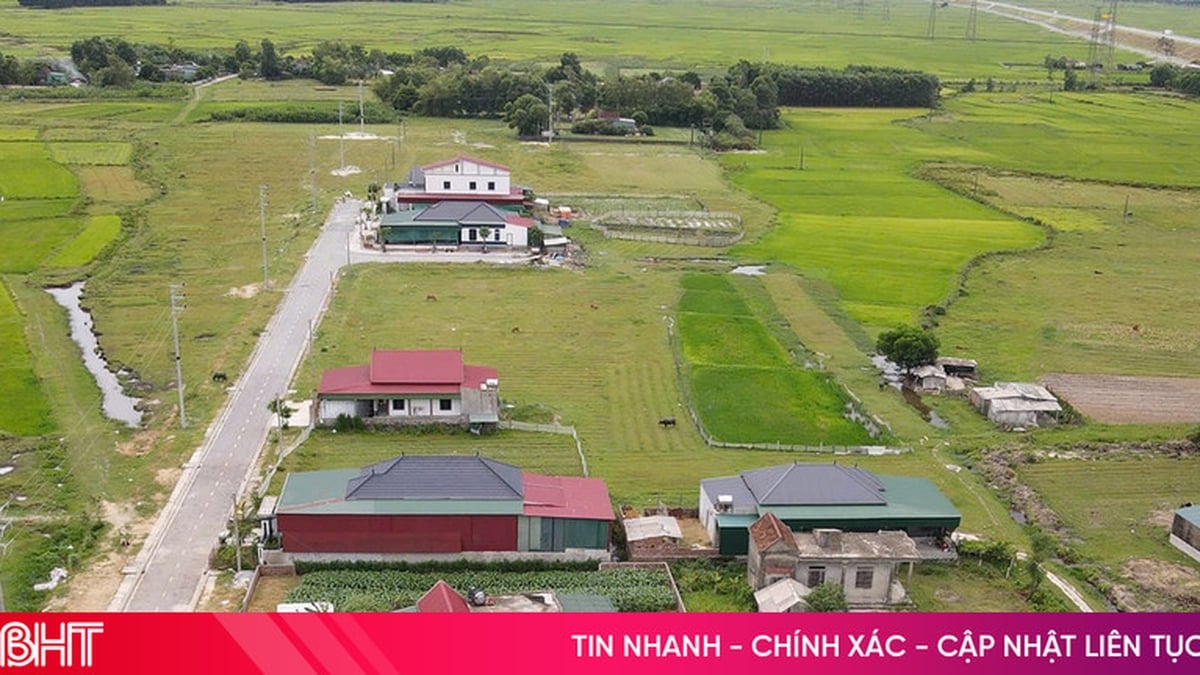



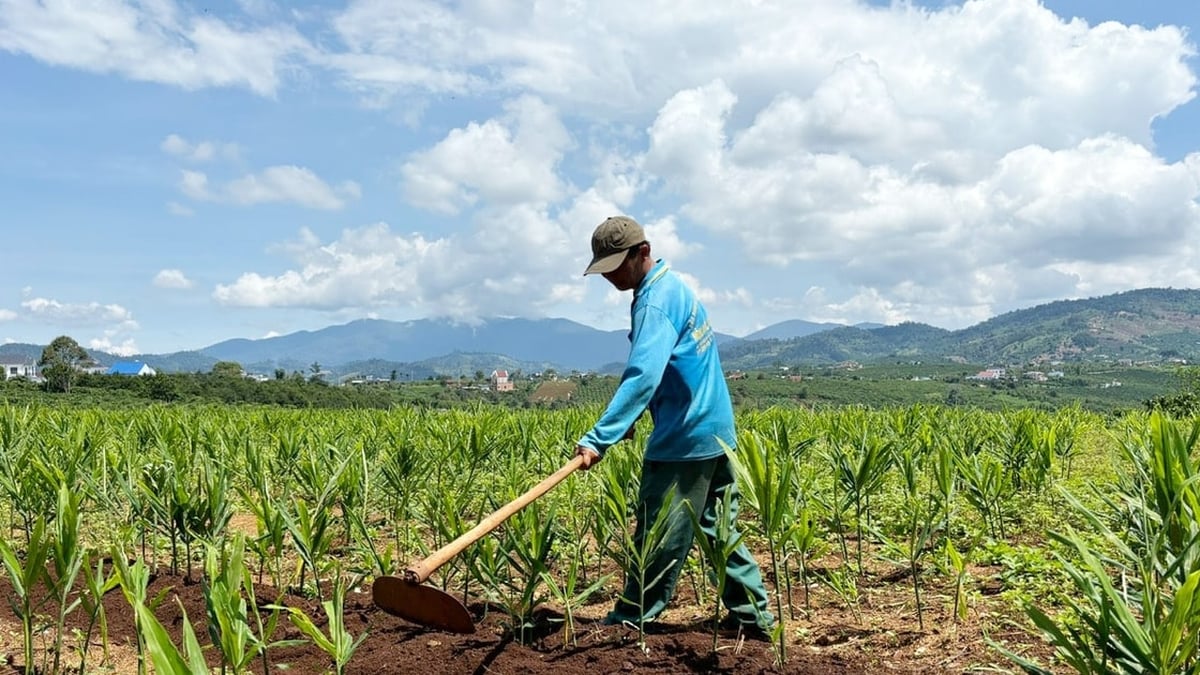
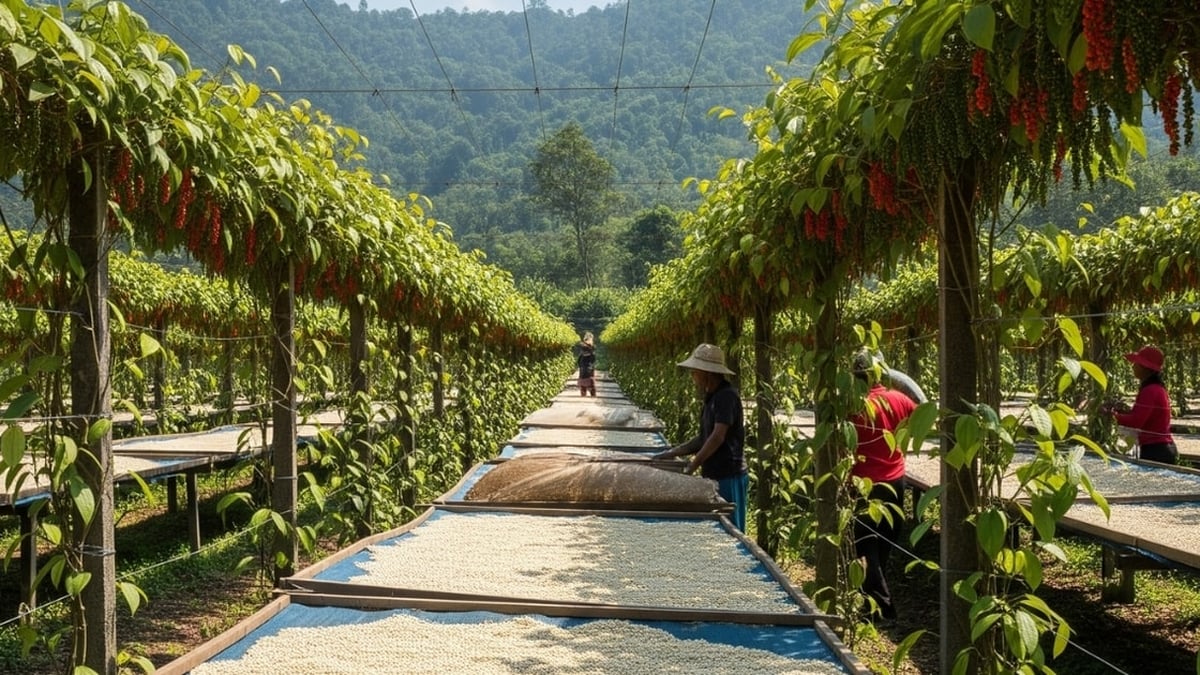
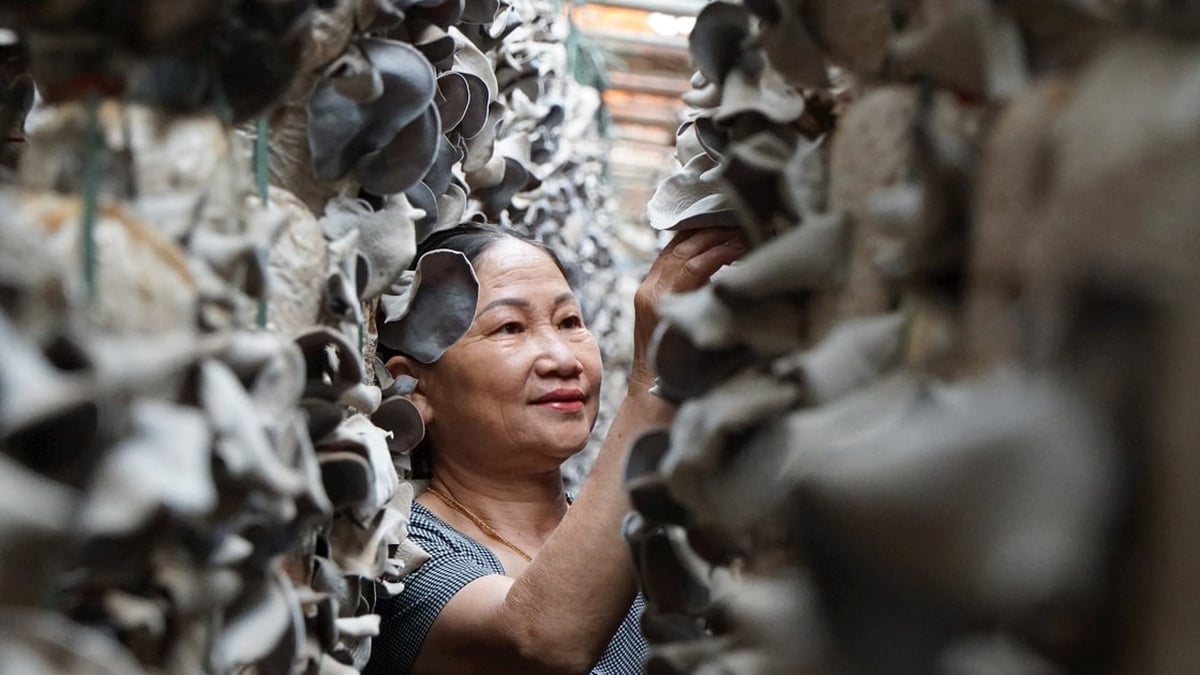
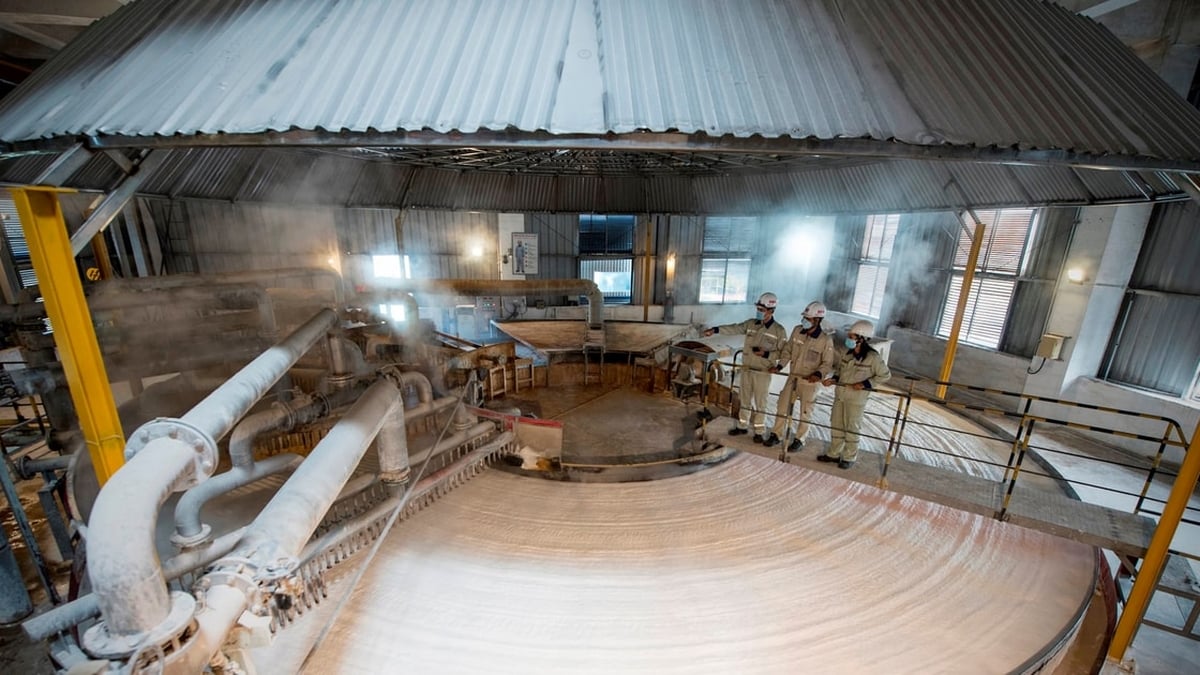
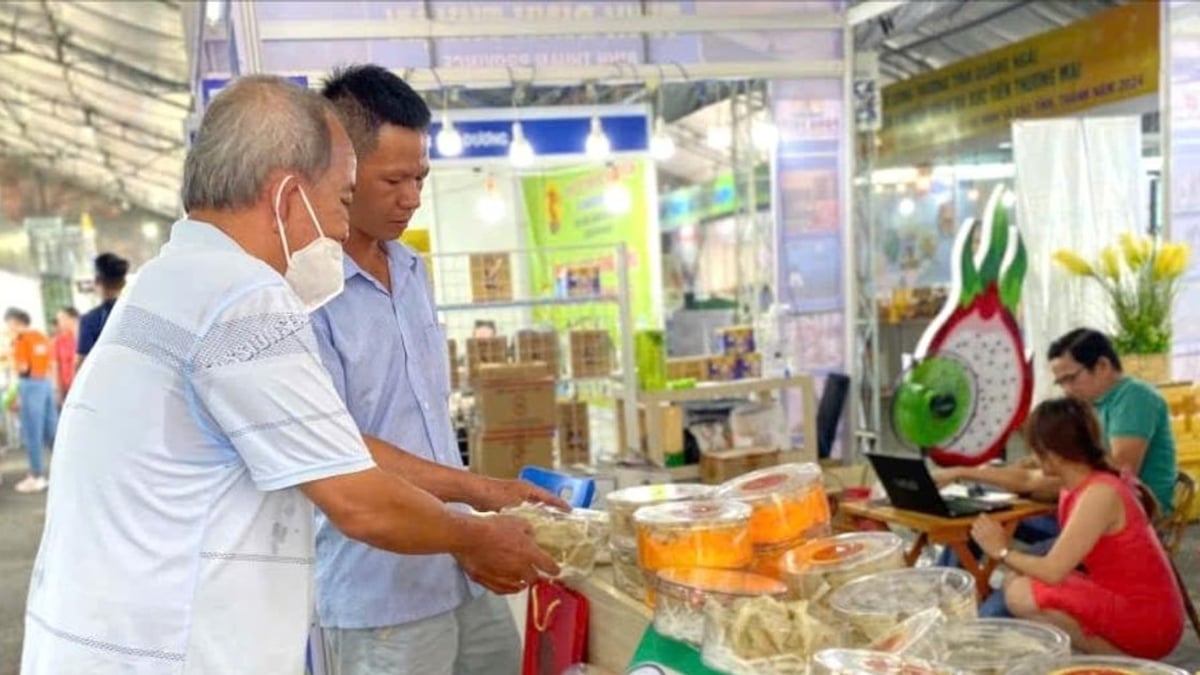



























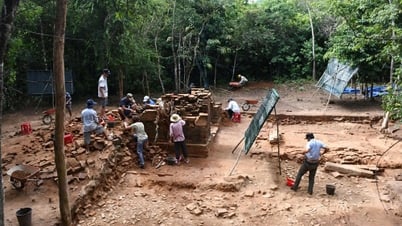
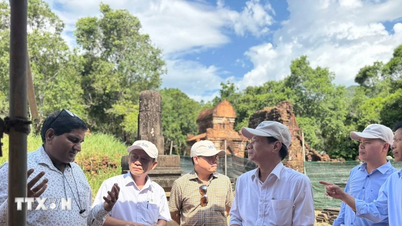




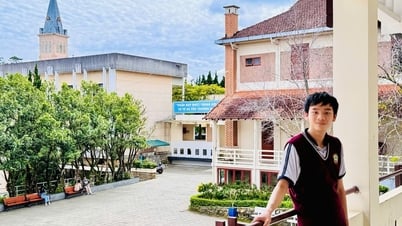





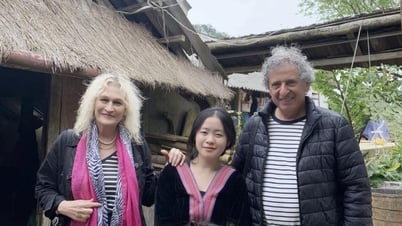













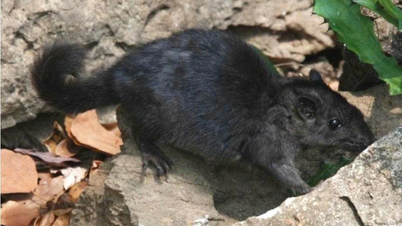


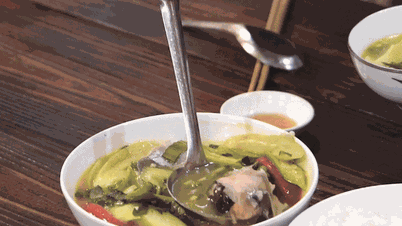
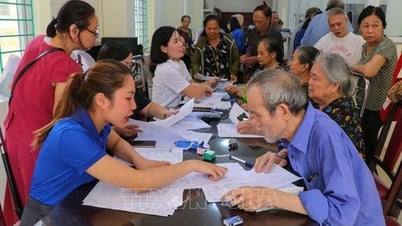




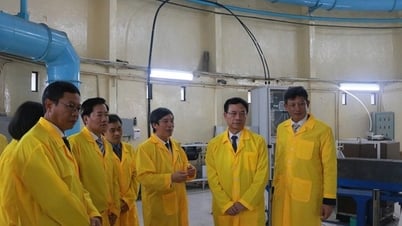

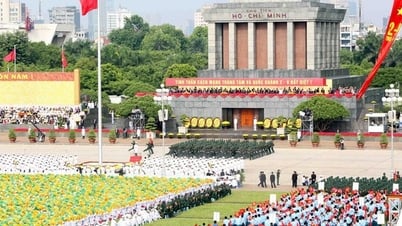





















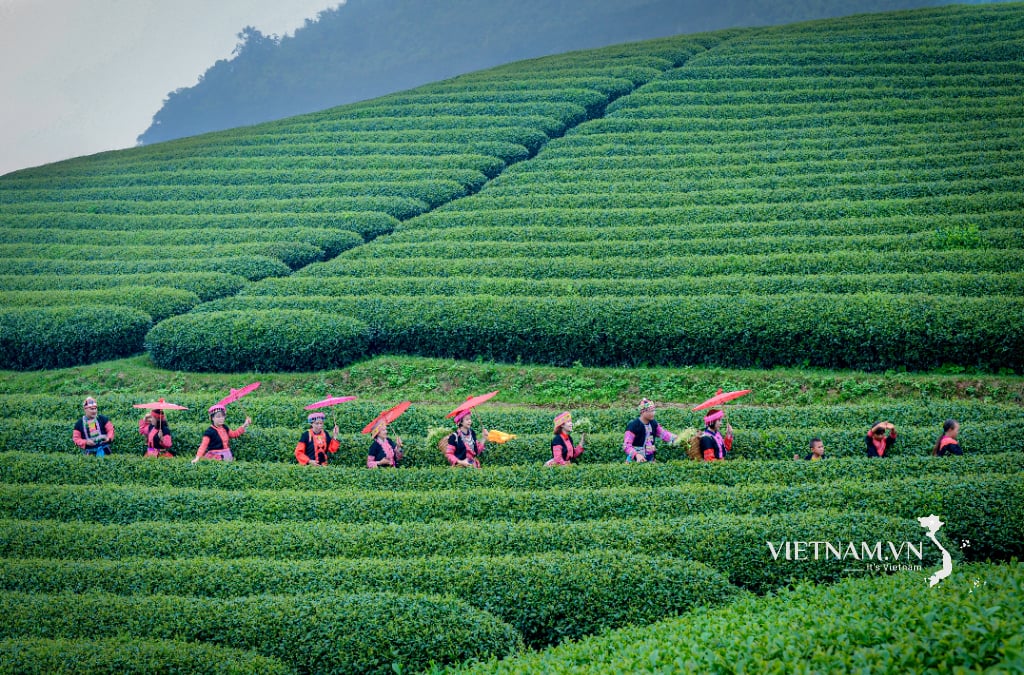
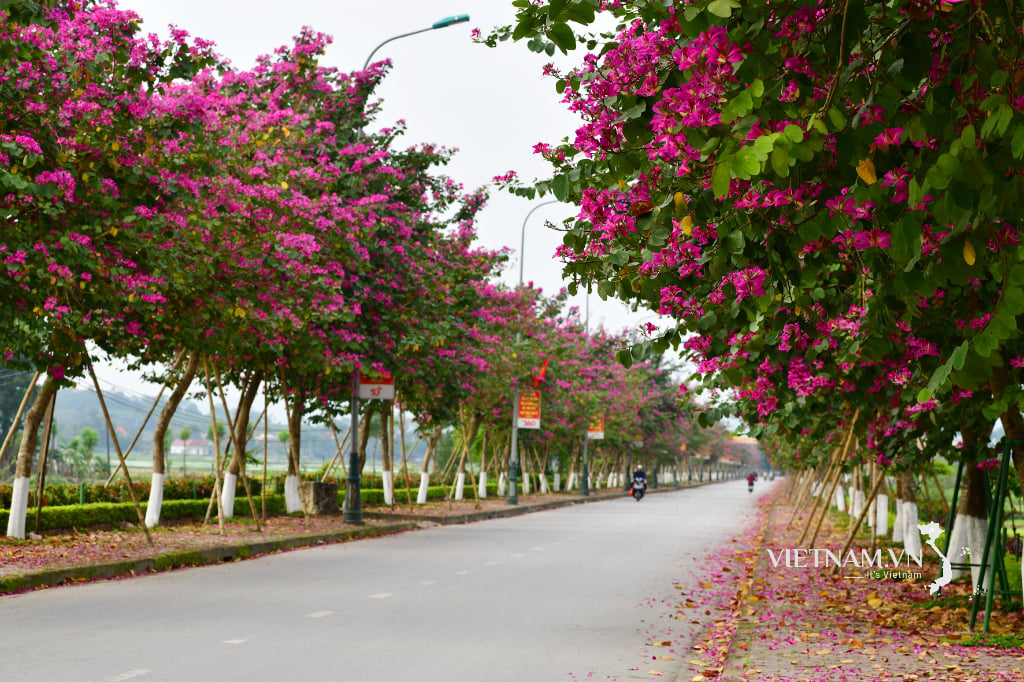

Comment (0)